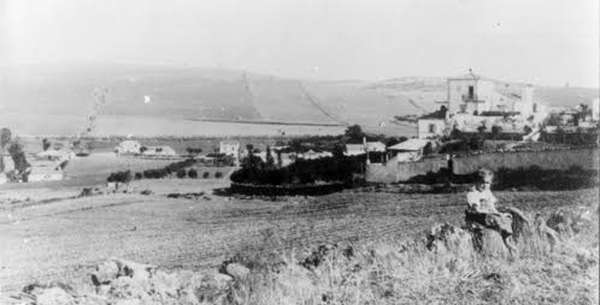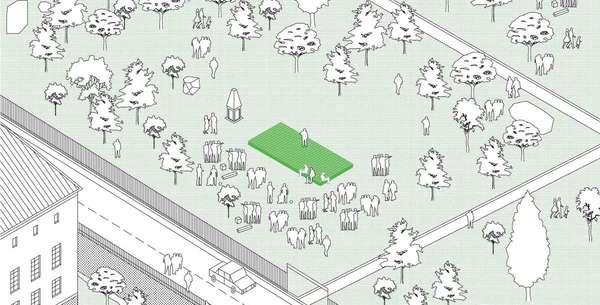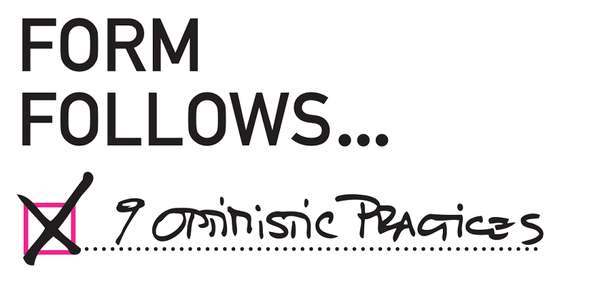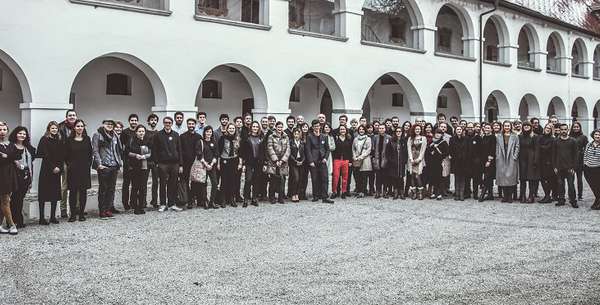Idea by
Felipe De Ferrari, Diego Grass, Thomas Batzenschlager, Marcelo Cox, Kim Courrèges, Pedro Correa, Pedro Hoffmann, Luca Magagni, Ciro Miguel, Bruna Canepa, Hamed Khosravi, UMWELT, WAI Think Tank
Plan Común
Call for ideas 2016
Common Places
Common Places
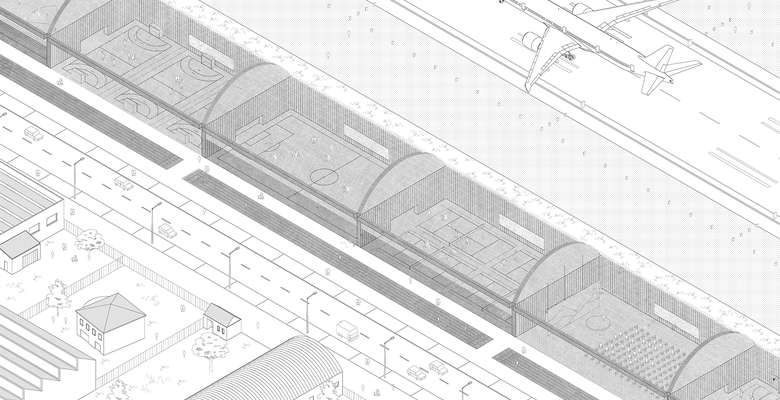
As architects, me must choose the right to the city as the front in reclaiming the public sphere. In this sense, it is important to define position towards the confrontation between public and private in space, a fundamental question of modernity today.
Here lies the future of architecture. It requires us to understand the collective will of the project and to define a clear position about it; to embrace the legacy of different movements in XX Century, which have been interrupted and neglected by post-modern or contemporary architecture.
Common Places is an ongoing series of 50 formal strategies aiming at maximizing public space, led by a team of 50 architects from Europe and abroad. It is a set of architecture projects for our cities, prototypes questioning the validity of established ideological and/or normative models in order to reproduce new and fertile public spaces. This collective authorship project aims at influencing architects and decision makers beyond our field.
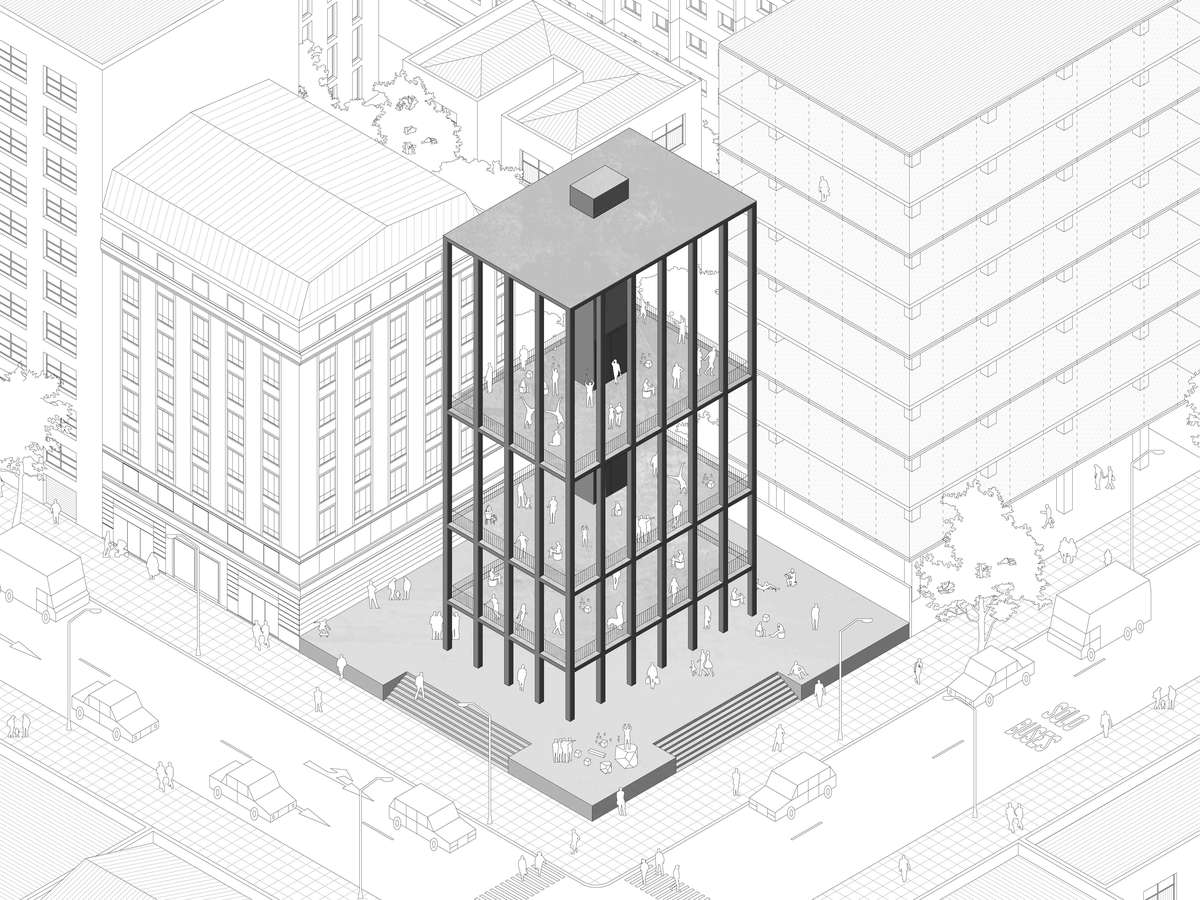
PUBLIC BUILDINGS
Nearly all buildings are private. We propose to build a series of public buildings within the urban fabric of our cities. These new structures will lack of any specific use, as a way to re-conceive vertical public spaces, declaring their exemplary condition, against the banality surrounding them by stressing their monumental quality as a celebration of their civic condition.
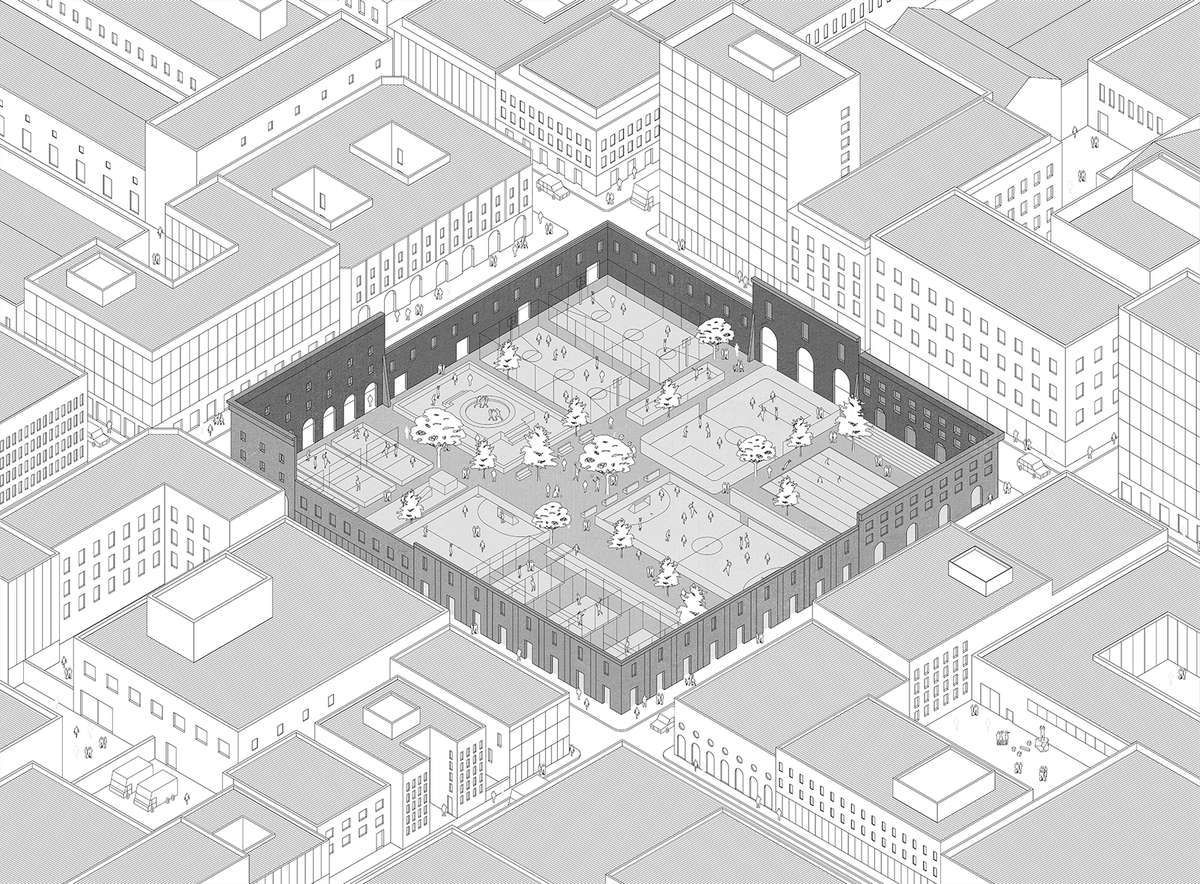
SPORTS HERITAGE
Preexisting buildings as sports containers. We propose the appropriation of a series of valuable preexistences, currently dilapidated in the urban fabric of our cities. These spaces will be activated with sports facilities, making an effort to incorporate a maximum number of different sports within the available surface area.
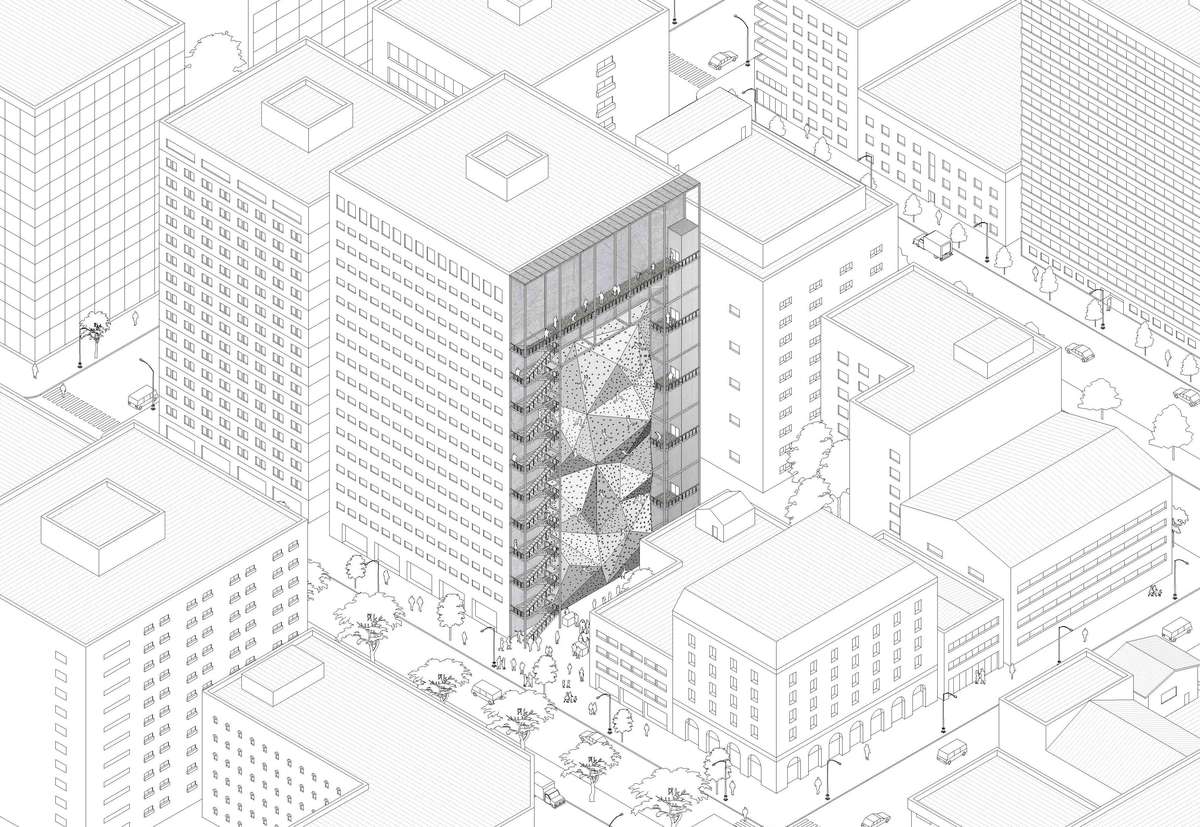
SIDE WALLS
Our cities are full of gaps which must be reclaimed by public life. We propose to make the best of these vertical vacancies of raw appearance –usually filled with advertisements or virtuous expressions of graffiti and “urban art” – with permanent architectonic elements, considering facilities for sports, leisure and recreation, making best use of the particular features of an absolutely vertical public space, elevated from the rest of the city.
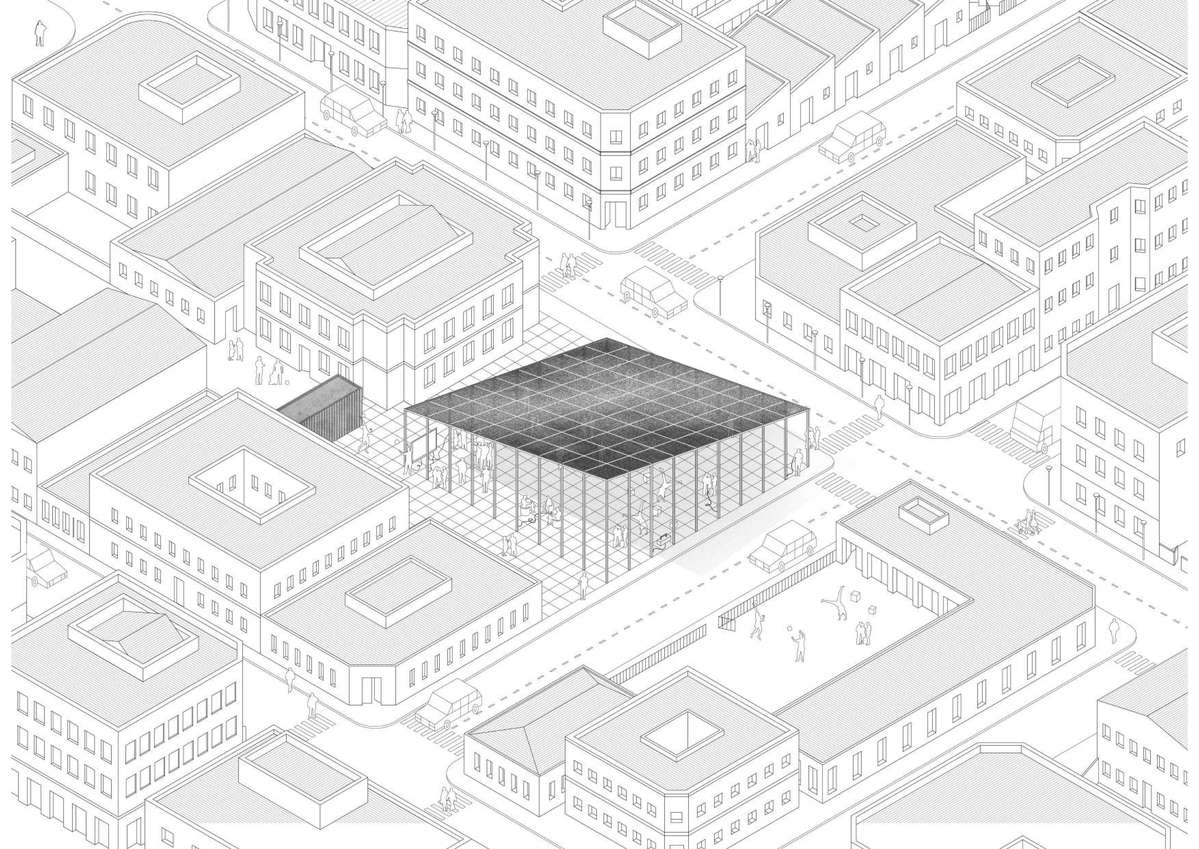
PHOTO-VOLTAIC ROOFS
Sun energy could nurture public life. We propose to implement a series of public spaces, which could embrace the fundamental difference between day and night: sunlight, absent during the night and abundant during the day. These new public spaces respond to this double condition, transforming the energy of sunlight into lighting for the nights, while also protecting citizens from the excess of sun from noon to afternoon.
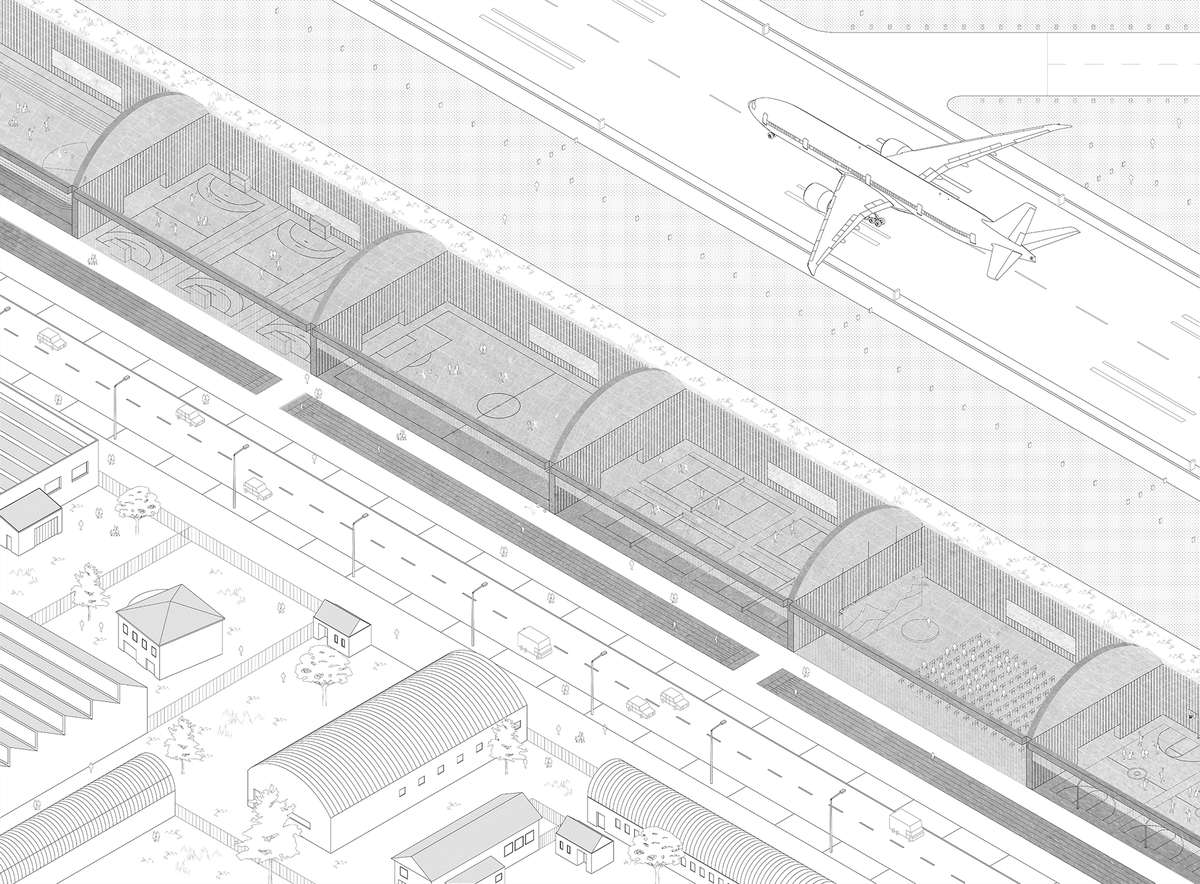
CONTINUOUS SHED
Large areas of infrastructure in our cities are awaiting to be reclaimed by citizens. We propose to intervene airports in our cities through the implementation of a strategy which will make better use of one fundamental condition of this typology: its lineal extension. We intend to offer public spaces in tune with the metropolitan dimension of these programs, reverting the negative effects produced by these transport facilities today in certain areas of our cities.
Common Places
Common Places

As architects, me must choose the right to the city as the front in reclaiming the public sphere. In this sense, it is important to define position towards the confrontation between public and private in space, a fundamental question of modernity today.
Here lies the future of architecture. It requires us to understand the collective will of the project and to define a clear position about it; to embrace the legacy of different movements in XX Century, which have been interrupted and neglected by post-modern or contemporary architecture.
Common Places is an ongoing series of 50 formal strategies aiming at maximizing public space, led by a team of 50 architects from Europe and abroad. It is a set of architecture projects for our cities, prototypes questioning the validity of established ideological and/or normative models in order to reproduce new and fertile public spaces. This collective authorship project aims at influencing architects and decision makers beyond our field.
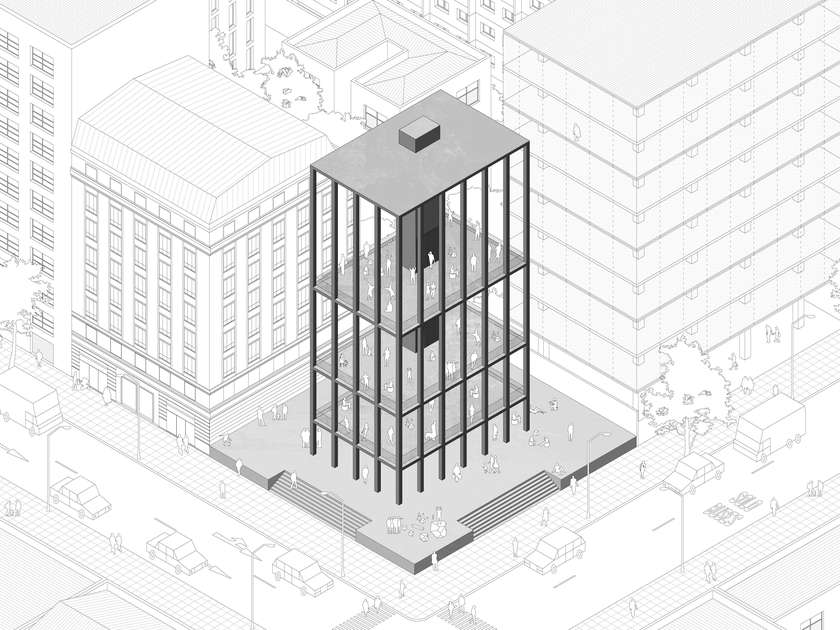
PUBLIC BUILDINGS
Nearly all buildings are private. We propose to build a series of public buildings within the urban fabric of our cities. These new structures will lack of any specific use, as a way to re-conceive vertical public spaces, declaring their exemplary condition, against the banality surrounding them by stressing their monumental quality as a celebration of their civic condition.
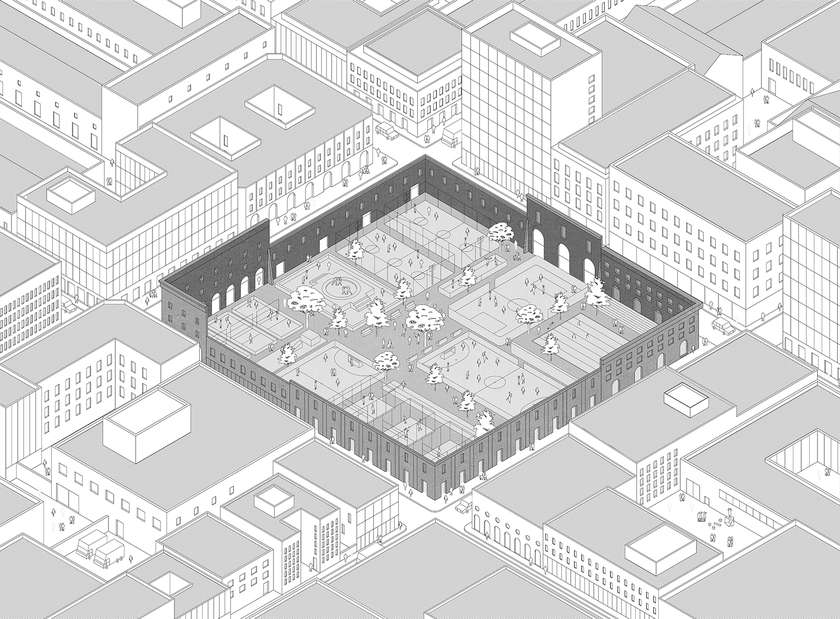
SPORTS HERITAGE
Preexisting buildings as sports containers. We propose the appropriation of a series of valuable preexistences, currently dilapidated in the urban fabric of our cities. These spaces will be activated with sports facilities, making an effort to incorporate a maximum number of different sports within the available surface area.

SIDE WALLS
Our cities are full of gaps which must be reclaimed by public life. We propose to make the best of these vertical vacancies of raw appearance –usually filled with advertisements or virtuous expressions of graffiti and “urban art” – with permanent architectonic elements, considering facilities for sports, leisure and recreation, making best use of the particular features of an absolutely vertical public space, elevated from the rest of the city.
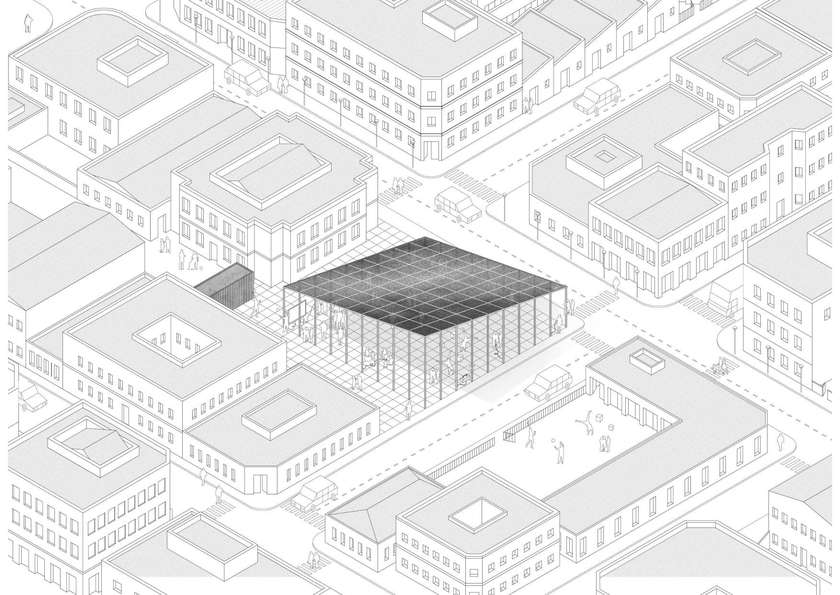
PHOTO-VOLTAIC ROOFS
Sun energy could nurture public life. We propose to implement a series of public spaces, which could embrace the fundamental difference between day and night: sunlight, absent during the night and abundant during the day. These new public spaces respond to this double condition, transforming the energy of sunlight into lighting for the nights, while also protecting citizens from the excess of sun from noon to afternoon.
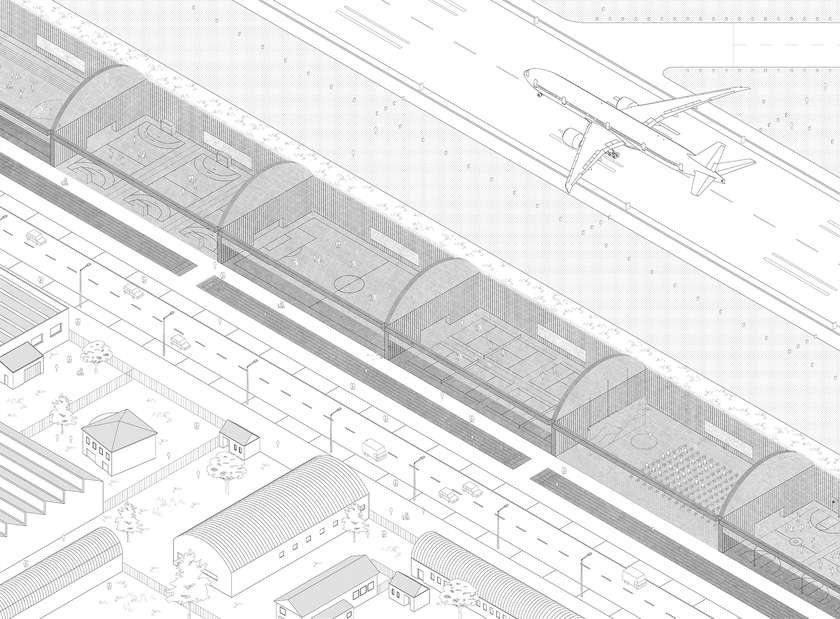
CONTINUOUS SHED
Large areas of infrastructure in our cities are awaiting to be reclaimed by citizens. We propose to intervene airports in our cities through the implementation of a strategy which will make better use of one fundamental condition of this typology: its lineal extension. We intend to offer public spaces in tune with the metropolitan dimension of these programs, reverting the negative effects produced by these transport facilities today in certain areas of our cities.

